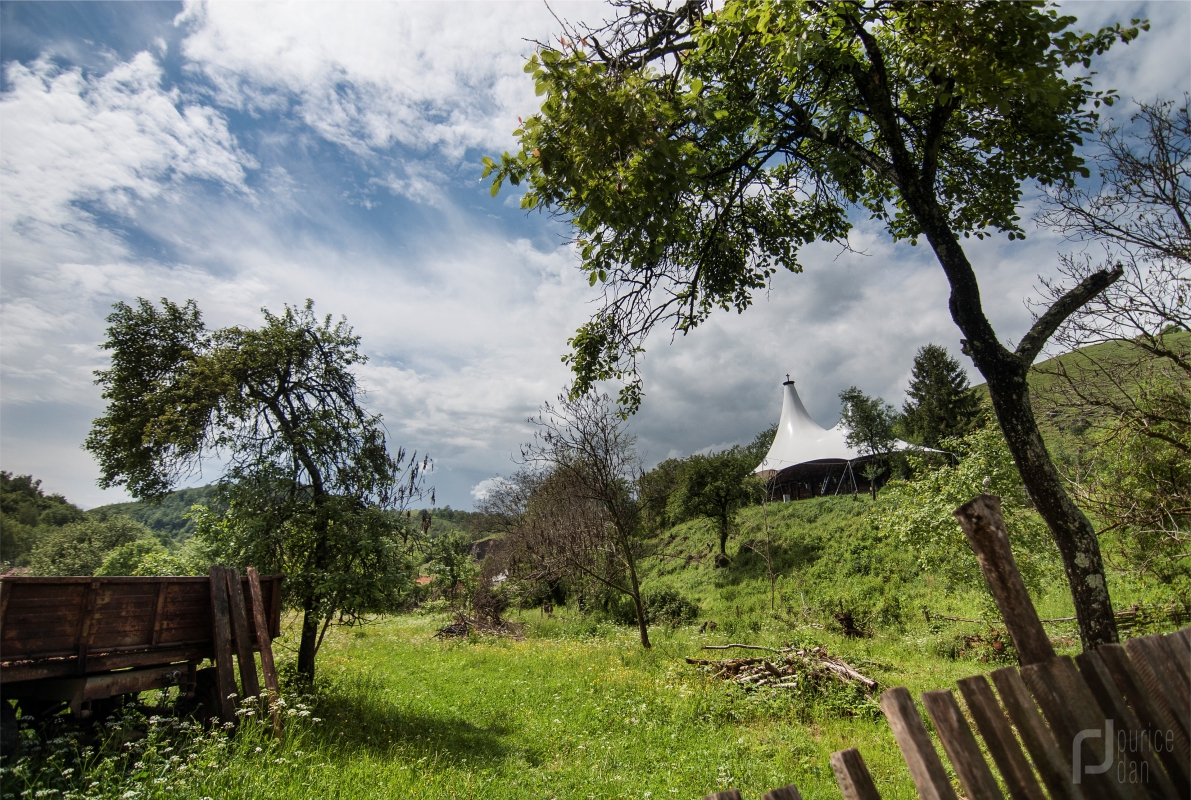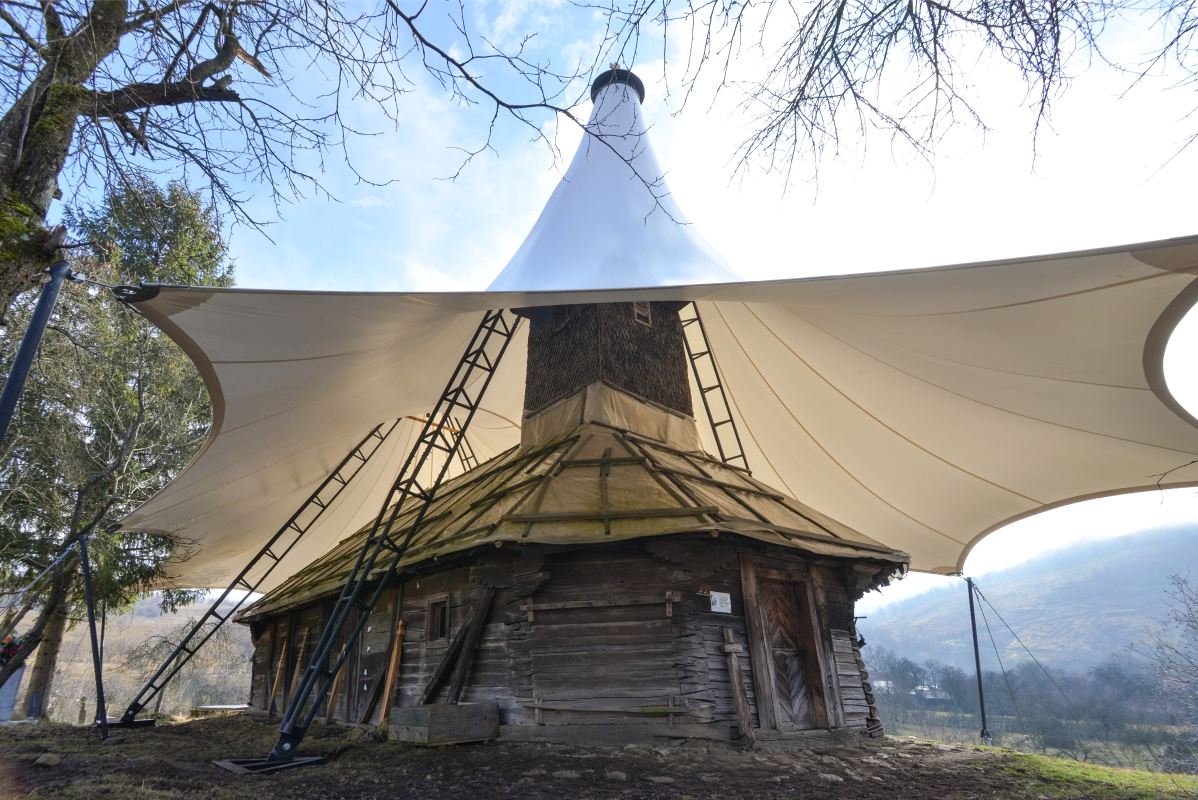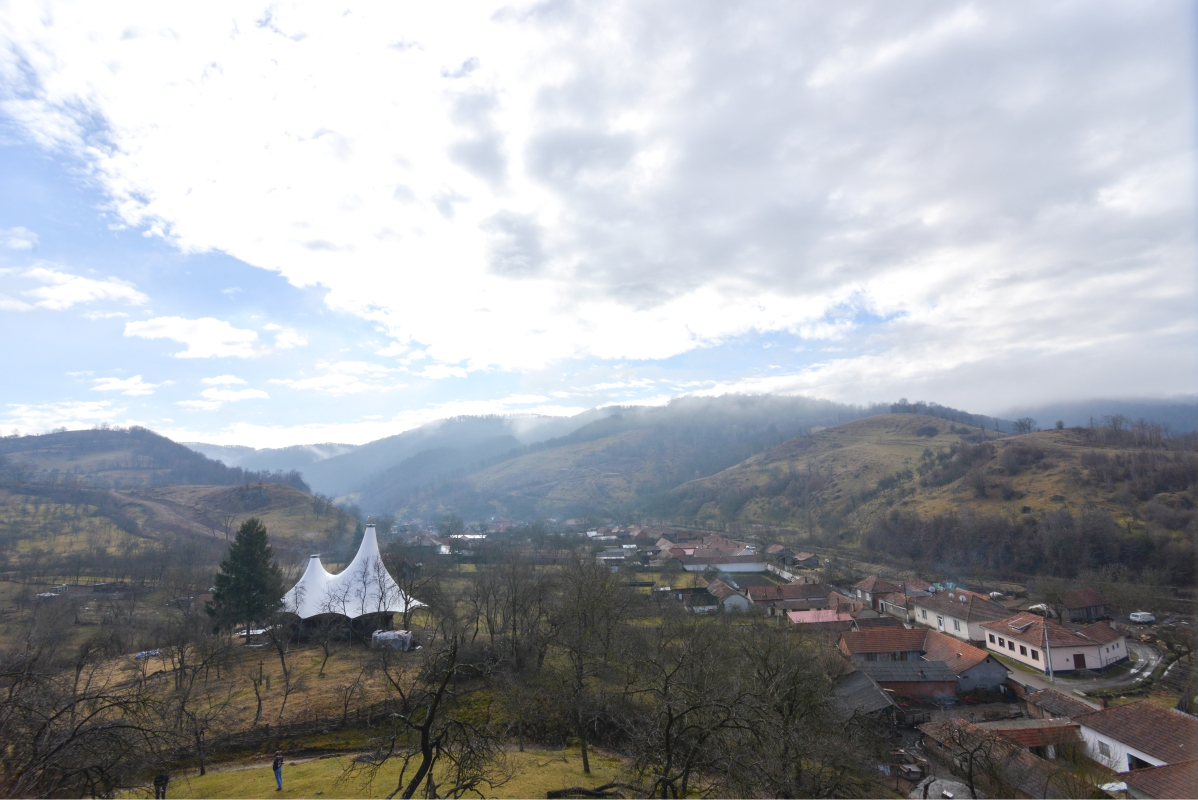Co-autori
ing. Cornel Farcaș ing. Dragos Dumitrescu peis. Andrei Condoroș peis. Alexandru Ciobotă peis. Raluca Rusu lect.univ.dr. Nicoleta Mușat arh. Diana Avrămică arh. Diana Belci arh Ioana Hariga
Birou de arhitectură
Sc ÎN LUCRU srl
Colaboratori (membri ai echipei):
arh. Bogdan Gogoci peis. Alina Adăscăliței teolog. Florin Lăzărescu stud. arh. Cătălin Ponta stud. arh. Karla Kovacs stud. arh. Larisa Gardean stud. arh. Mihai Moldovan stud. arh. Mihaela Ionete stud.arh. Milena Popa stud. arh. Roxana Călugăru stud. arh. Raul Cioabă stud. arh. Sorin Silaghi stud. arh. Szilveszter Szavui stud. arh. Simona Șerbănescu stud. arh. Zsolt Gondos s.a.
Colaboratori externi:
arh. Alexandru Baboș prof. dr. arh. T.O. Gheorghiu conf.univ.dr.biol. Livia Bucșa lect.univ.dr. Ioana Rus dr. arheolog Istvan Botar
Location:
sat. Crivina de Sus, com. Pietroasa, jud. Timiș
Client:
Fond Bisericesc Ortodox Român
Buget:
51 562 lei
Text de prezentare a lucrării:
The wooden church in Crivina de Sus, Timiș county is the oldest church from the Banat region (17th century) that can be found in an area that contains a group of other 15 similar monuments (dating 17 – 19th century, all situated in the Făget area). In terms of conservation and degradation, their situation varies from almost entirely destroyed, to mutilation. Faulty legislation, the lack of craftsmen and specialists in the restoration wooden monuments - a main cause - created a no future environment for these monuments. A interdisciplinary project was initiated by The Romanian Landscape Architects Association - ASoP in 2014 (Wooden Churches of Banat) which gathered researchers from various domains: architects, landscape architects, art restorers, urban planners, dendro-chronologists, biologists, art historians, anthropologists, craftsmen etc. The main objective was saving the wooden monument while learning together within the multidisciplinary team, restarting the restoration learning processes by involving all the craftsmen left for us to find and the community as well. Due to its multiple values as well as being placed in a strategic point, Crivina de Sus was the perfect place to start this process. Located close at the historic border between Banat and Transylvania it ensured the possibility of creating strong networks between people, craftsmen and the wooden monuments of the area. Having this in mind, we started this process in 2013 helped by the local priest Ionel and his wife Mihaela Cotocea. At first we started a series of inter and multi-disciplinary summer workshops. Our vision was to create a new system for protecting the church, by covering it with a tensile membrane, which ensures the much needed space and time for research, rehabilitation procedures and works, away from rough weather conditions. Dimensioned to fit almost al the wooden churches - part of the targeted area - this solution was adopted as a new way of tackling the process of wooden church restoration due to its non-invasive nature to its surroundings: reusable metal screwed foundations, its modular and reusable covering structure, that can be easily moved from site to site, thus being able to use it time and again for other future restorations sites from this region. This year, we started the process to create a "center" in Crivina de Sus, developing a school of research and restoration for the more then 300 wooden church monuments in the western part of Romania.

